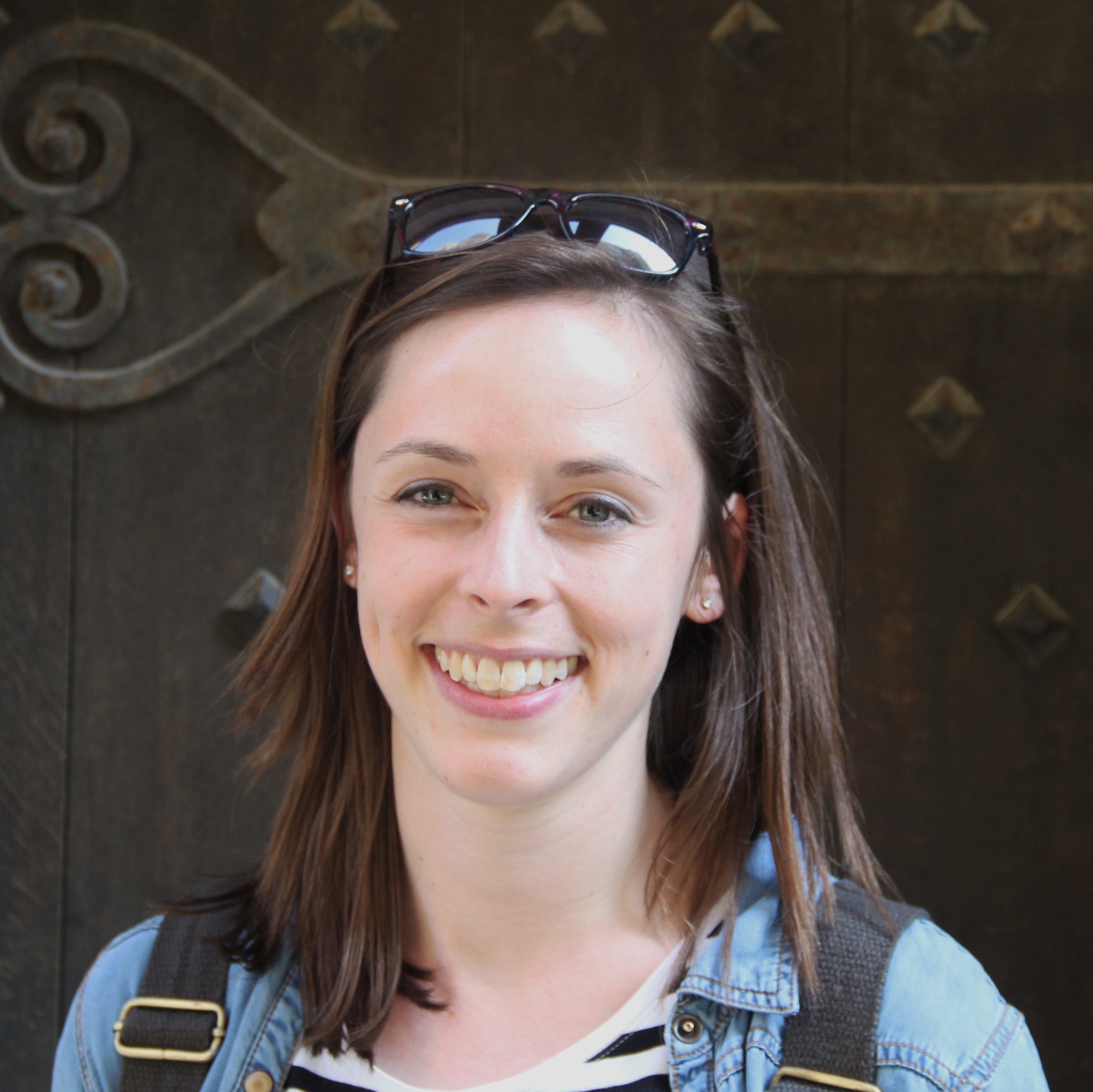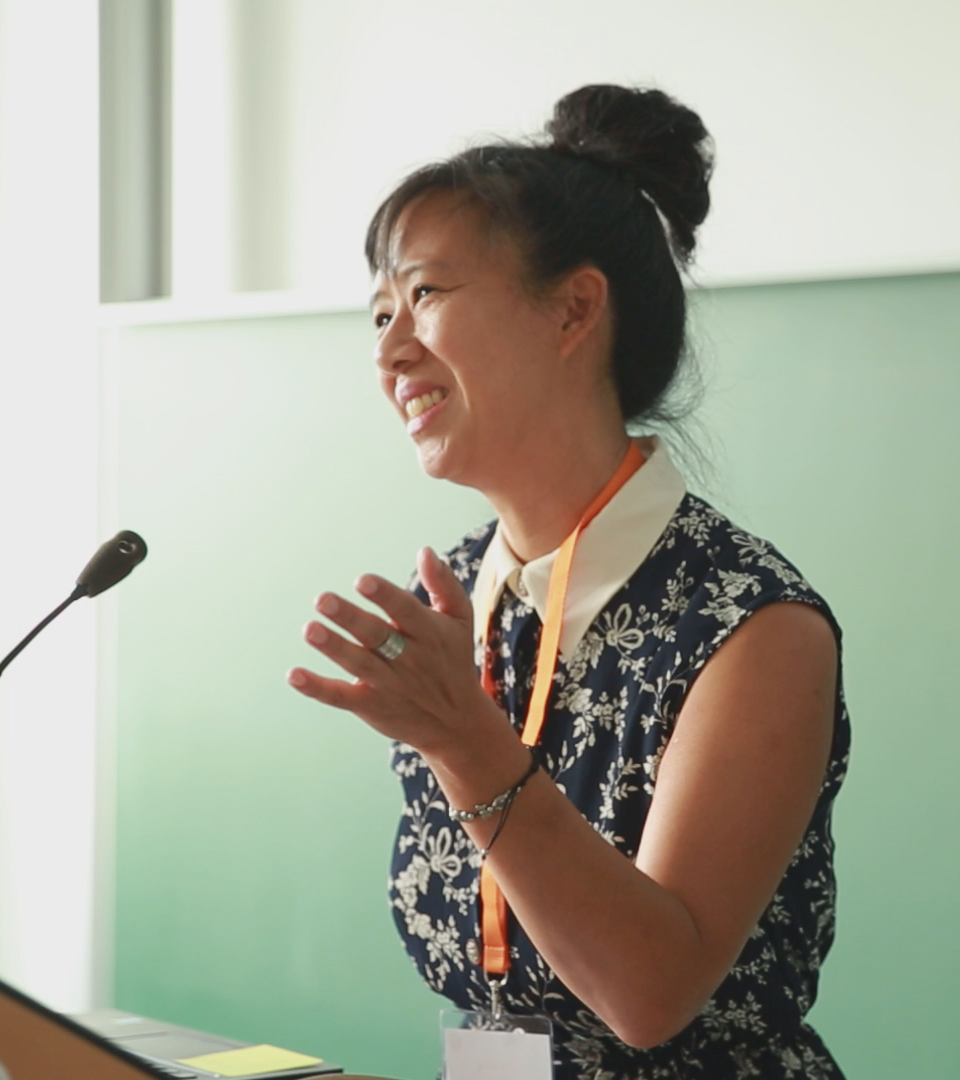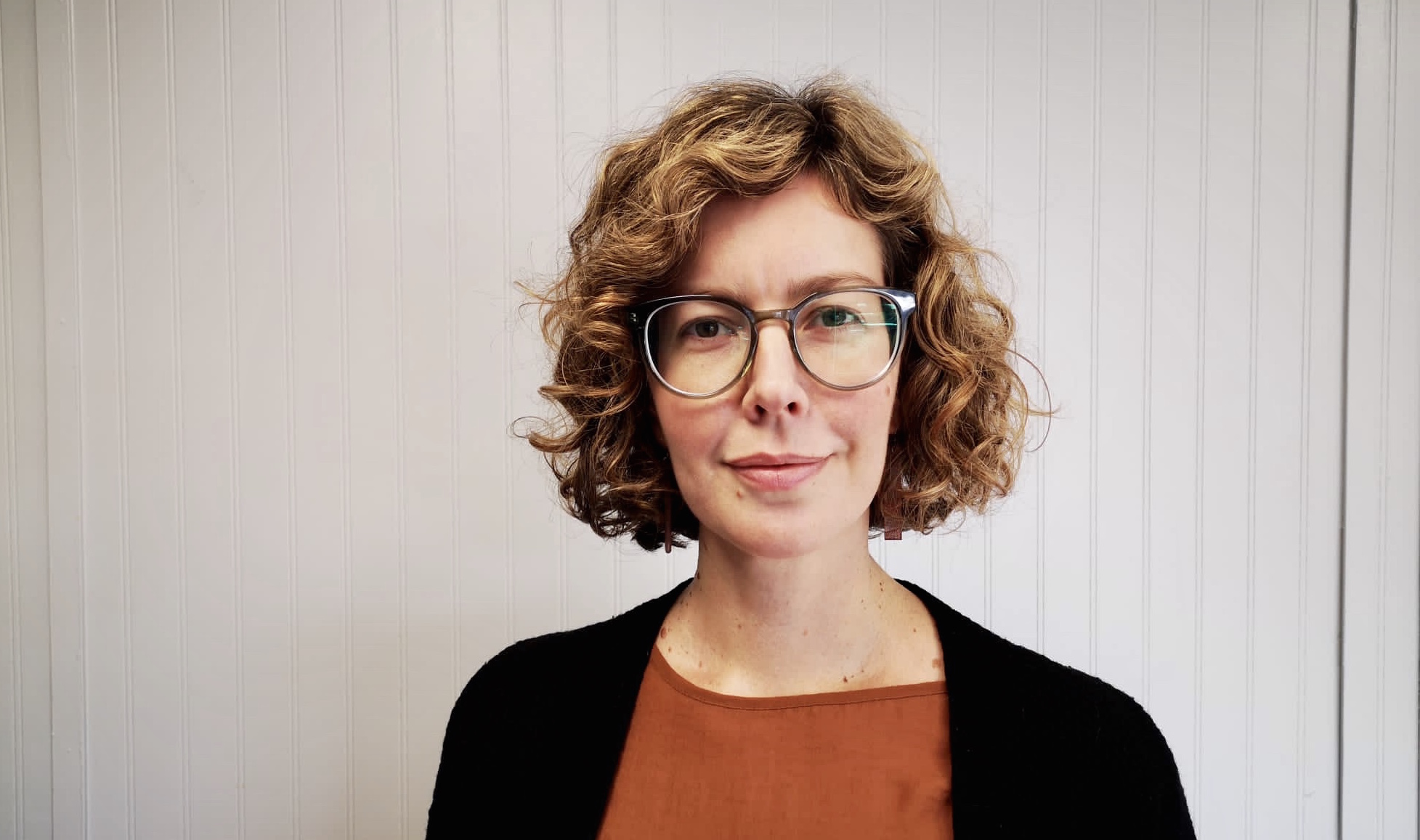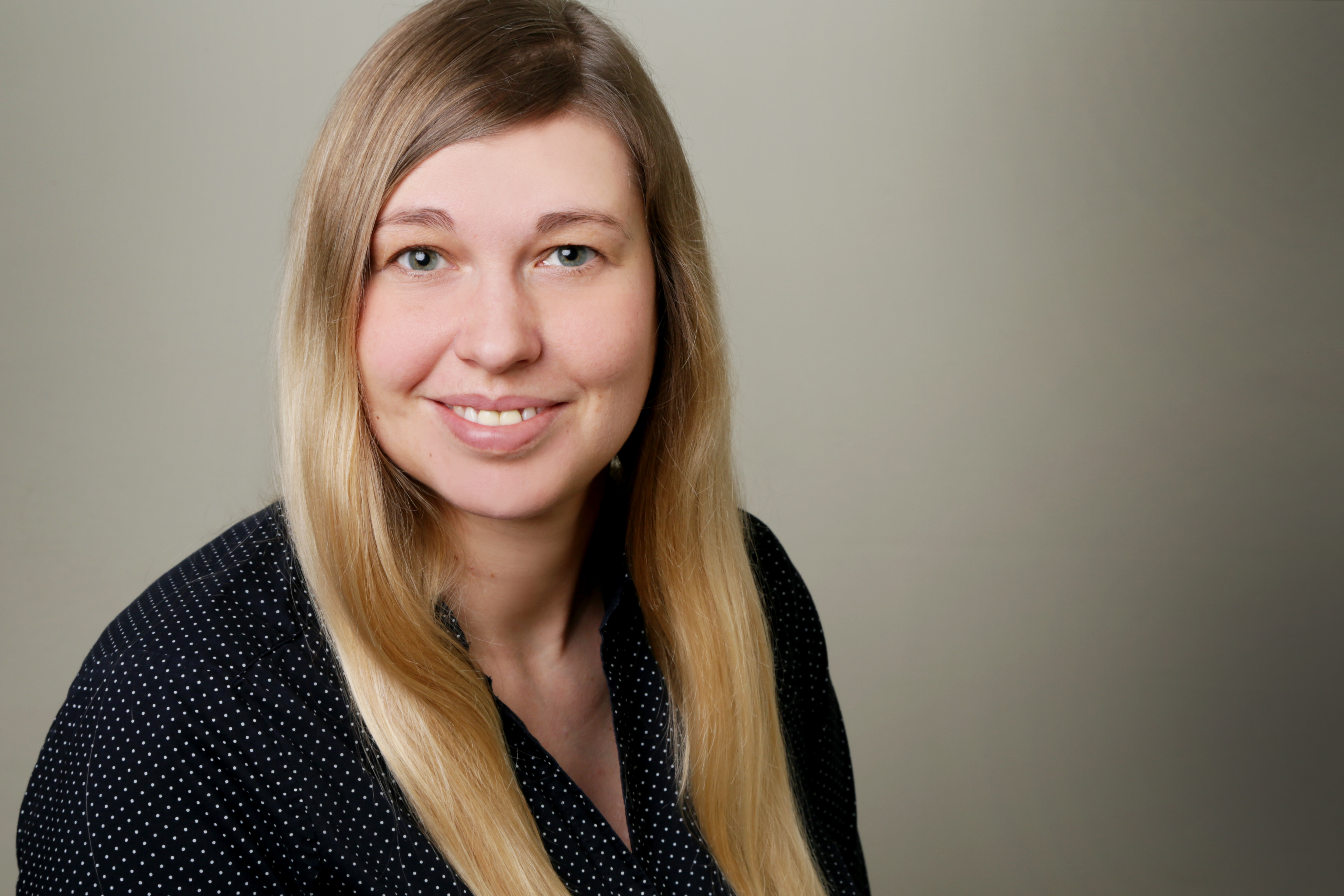Classroom climate, perceived societal Islamophobia, and critical action among adolescents: An interview with Dr. Miriam Schwarzenthal (February 22, 2022)
Schools offer an important context in which adolescents can develop their understanding of and reflection surrounding social inequities. Dr. Miriam Schwarzenthal’s latest paper, Critical consciousness socialization at school: Classroom climate, perceived societal Islamophobia, and critical action among adolescents, examines how critical consciousness, color-evasion, and multiculturalism within the classroom are associated with adolescents’ critical reflection and action.
Dr. Schwarzenthal kindly took the time to answer our questions about her paper:
1. What is the main takeaway of your article?
Discussing social inequity at school is important. We know that in many schools in continental Europe, educational efforts regarding diversity and equity, particularly in ethnically diverse schools, often focus on highlighting commonalities between people or discussing cultural variation. These approaches may have some benefits, such as promoting shared identity and fostering skills like intercultural competence. However, they may not foster critical reflection and action on ongoing inequity. Focusing only on shared humanity can (unintentionally) wash over systemic and interpersonal discrimination, for instance by not acknowledging that not everyone has the same opportunities to obtain a good education or to get a good job. By not addressing ethnic and cultural inequity, schools may not prompt students to try to redress it. To raise citizens who actively contribute to reducing social inequity in a diverse society, it is important that students are encouraged at school to reflect on issues like discrimination and systemic racism.
2. What questions does this paper address? Why were these questions important?
For this paper, we drew on the concept of critical consciousness that was put forward by Brazilian educator and philosopher Paolo Freire in the 1970s. Critical consciousness consists of an awareness of oppressive systems, as well as of engagement in action against oppression. That means that critically conscious adolescents reflect on the fact that certain groups in society have been historically marginalized and continue to face discrimination. But critical consciousness entails action as well as reflection. Critically conscious adolescents engage against oppression, for example by intervening against discrimination in their immediate environment or by participating in demonstrations. In recent years the concept of critical consciousness has been increasingly studied among adolescents facing marginalization in the U.S., but so far there is very little research on it in continental Europe, including in Germany.
The first question our paper addressed was to what degree German adolescents express critical consciousness. Studying critical consciousness in Germany also requires taking into account the particularities of this context. For example, discussing race is still a taboo in Germany, and is still very strongly associated with the Holocaust, so it is challenging to ask adolescents about perceptions of racial inequity. One of the most common forms of inequity in Germany today is discrimination against Islam and Muslims, or Islamophobia. Therefore, we asked adolescents in Germany about their perceptions of Islamophobia in society, for example if they think that Muslims are portrayed negatively in the media. We also asked them how likely it was that they would engage in political activism in the future, for example by taking part in a demonstration for a social or political cause. We found that Muslim adolescents born in Germany to immigrant parents perceived more societal Islamophobia than non-Muslim adolescents with no family history of immigration. Interestingly, however, the two groups showed similar intentions to engage in political activism in the future.
The second question our paper addressed was how experiences at school are related to adolescents’ critical consciousness. To address this question, we asked the adolescents how ethnic and cultural diversity was addressed at their school. Specifically, we asked about three different approaches: 1) to what extent teachers mainly focused on commonalities between different groups, 2) to what extent they highlighted cultural variation and encouraged students to explore their heritage cultures, or 3) to what extent they encouraged students to reflect on social inequity and discrimination in Germany. We found that when students reported greater teacher support for critical reflection on inequity, they were more likely to recognize societal Islamophobia in Germany and reported higher intentions to engage in political activism in the future. This was not the case for the other two diversity-related approaches teachers were taking. Thus, discussing social inequity and discrimination at school is important for adolescents’ critical consciousness. Interestingly, though, the three types of approaches were not mutually exclusive. Instead, most students reported that their teachers engaged in all three approaches.
As a third question, we also wanted to know whether the classroom approaches to ethnic and cultural diversity were equally important for Muslim and non-Muslim adolescents. Interestingly, both groups of adolescents similarly benefitted from a classroom approach in which social inequity was highlighted.
3. What do you wish more people knew about this topic?
We think it is important to keep in mind that schools are not just spaces in which adolescents acquire competencies such as math and reading. Schools are also microcosms of society and an important space in which adolescents learn something about diversity, about social hierarchies, and about their own position in society. Therefore, the school is an important context in which adolescents can either learn to accept existing hierarchies, or to actively question and push against these hierarchies.
The importance of these competencies is highlighted by the inclusion of “global competence”, which includes aspects of critical consciousness, as a crucial educational outcome in the recent cycle of the PISA study (i.e., the Programme for International Student Assessment, a large cross-national study assessing student achievement in 79 countries). Some educators, particularly in Germany, are afraid that discussing social inequity atschool may discourage adolescents and alienate them from society. With this in mind, it is especially encouraging that we found that discussing social inequity at school may actually encourage adolescents to actively engage in the democratic process, and thus to become involved citizens working towards a more fair and just society.
4. Are there any papers, videos, blog posts, etc. that you would recommend to readers who are interested in this topic?
This paper by Josefina Bañales and colleagues was very inspirational for our paper:
Bañales, J., Aldana, A., Richards-Schuster, K., Flanagan, C. A., Diemer, M. A., & Rowley, S. J. (2019). Youth anti-racism action: Contributions of youth perceptions of school racial messages and critical consciousness. Journal of Community Psychology. https://doi.org/10.1002/jcop.22266
5. What are you and your co-authors most excited to see in this field in the future? What questions are each of you particularly excited to get answers to?
Miriam: I think there are a lot of exciting directions for the field. One question I am really interested in is how experiences in different contexts, such as the family, peers, and the school, are related to adolescents’ critical consciousness. How do parents talk to their children about diversity and social inequity, and how is this associated with their adolescents’ awareness of—and actions aimed at—addressing inequity? How do adolescents discuss social inequity with their peers? Another question I am really interested in is how critical consciousness is expressed among adolescents who actually profit from social inequity, for example those belonging to the ethnic or cultural majority in a certain context. Even if these perceive social inequity, under what conditions do they agree or disagree with this inequity? Do they develop critical consciousness by reflecting on the marginalization of others, or by reflecting on their own privilege? What might motivate these adolescents to engage in solidarity with those experiencing marginalization? There are currently more and more studies being published that study racial awareness or critical consciousness among white adolescents or their parents in the US. I am really curious to also examine critical consciousness more closely among ethnic or cultural majority adolescents in Germany. I also believe that we need to come up with more nuanced conceptualizations of marginalization and privilege. For example, some adolescents may be privileged regarding their ethnic or cultural background but may have grown up in poverty. How are these multiple intersecting identities associated with their awareness of social inequity along several dimensions, such as ethnicity and socioeconomic status?
Ursula: Similar to Miriam, I am very interested in the bourgeoning work on how youth make sense of systems of both oppression and privilege as they develop their identities and worldviews. I am excited and encouraged to see the greater recognition that we need more qualitative, critical, and exploratory work in this area to garner a more thorough understanding of these processes and to adequately represent the full scope of youth development. As more and more work is coming out on critical consciousness, I am also very interested in seeing how these pieces will be in conversation with each other, as well as with parallel work using frameworks such as resistance and accommodation, intersectionality, and critical race theory, which also question and resist the status quo and offer complementary lenses for investigating adolescent development within the context of systemic inequity.
Linda: In Germany, the study of youth critical consciousness has just begun so I am excited to see how it will take established knowledge into new directions. I am excited to learn more about how marginalized and minoritized youth in Germany—who have thus far been understood mostly from a deficit oriented view—come to understand, own, and influence their communities and broader society.
Maja: There is more and more research on the unique benefits of different facets of the cultural diversity climate, including this current study showing how a climate where racism and inequity are discussed is associated with more critical consciousness amongst youth. What we know less about is how we can systematically promote such a climate in schools and at different levels, from organizational policies and procedures, through teacher training to the development and implementation of curricula addressing these issues. This is also important to find ways for teachers to become more comfortable discussing racism and inequity in the classroom.
Author bio:
 Miriam Schwarzenthal is a junior professor for school socialization research at the University of Wuppertal in Germany. Her research focuses on socialization in school, family, and peer contexts, particularly with regards to cultural diversity and social inequity in society. For example, her research topics encompass intercultural competence and critical consciousness among adolescents and (preservice) teachers, the classroom cultural diversity climate, intercultural socialization in friendships, and discrimination in school contexts.
Miriam Schwarzenthal is a junior professor for school socialization research at the University of Wuppertal in Germany. Her research focuses on socialization in school, family, and peer contexts, particularly with regards to cultural diversity and social inequity in society. For example, her research topics encompass intercultural competence and critical consciousness among adolescents and (preservice) teachers, the classroom cultural diversity climate, intercultural socialization in friendships, and discrimination in school contexts.
 Linda Juang is a Professor in the Department of Inclusive Education at the University of Potsdam. She is interested in how experiences of immigration relate to minoritized adolescents’ development and adjustment in school, family, and community contexts.
Linda Juang is a Professor in the Department of Inclusive Education at the University of Potsdam. She is interested in how experiences of immigration relate to minoritized adolescents’ development and adjustment in school, family, and community contexts.
 Ursula Moffitt is currently an NSF Postdoctoral Fellow in the Psychology Department at Northwestern University and is an incoming Assistant Professor at Wheaton College Massachusetts. Dr. Moffitt uses diverse qualitative and quantitative methods to study how young people across cultural contexts make sense of societal norms, policies, and expectations as they develop their racial and intersectional identities. She is particularly interested in how and under which circumstances youth resist oppression in large and small ways, as well as how social and political activism become intertwined with their sense of identity, both in and outside the school context.
Ursula Moffitt is currently an NSF Postdoctoral Fellow in the Psychology Department at Northwestern University and is an incoming Assistant Professor at Wheaton College Massachusetts. Dr. Moffitt uses diverse qualitative and quantitative methods to study how young people across cultural contexts make sense of societal norms, policies, and expectations as they develop their racial and intersectional identities. She is particularly interested in how and under which circumstances youth resist oppression in large and small ways, as well as how social and political activism become intertwined with their sense of identity, both in and outside the school context.
 Maja K. Schachner is professor for Educational Psychology with an Emphasis on Socialization and Culture at Martin Luther-University Halle-Wittenberg, Germany. Her main research interests include approaches to cultural diversity in schools, teacher diversity beliefs and teacher training at university, as well as intercultural relations and acculturation amongst youth living in multicultural societies.
Maja K. Schachner is professor for Educational Psychology with an Emphasis on Socialization and Culture at Martin Luther-University Halle-Wittenberg, Germany. Her main research interests include approaches to cultural diversity in schools, teacher diversity beliefs and teacher training at university, as well as intercultural relations and acculturation amongst youth living in multicultural societies.

